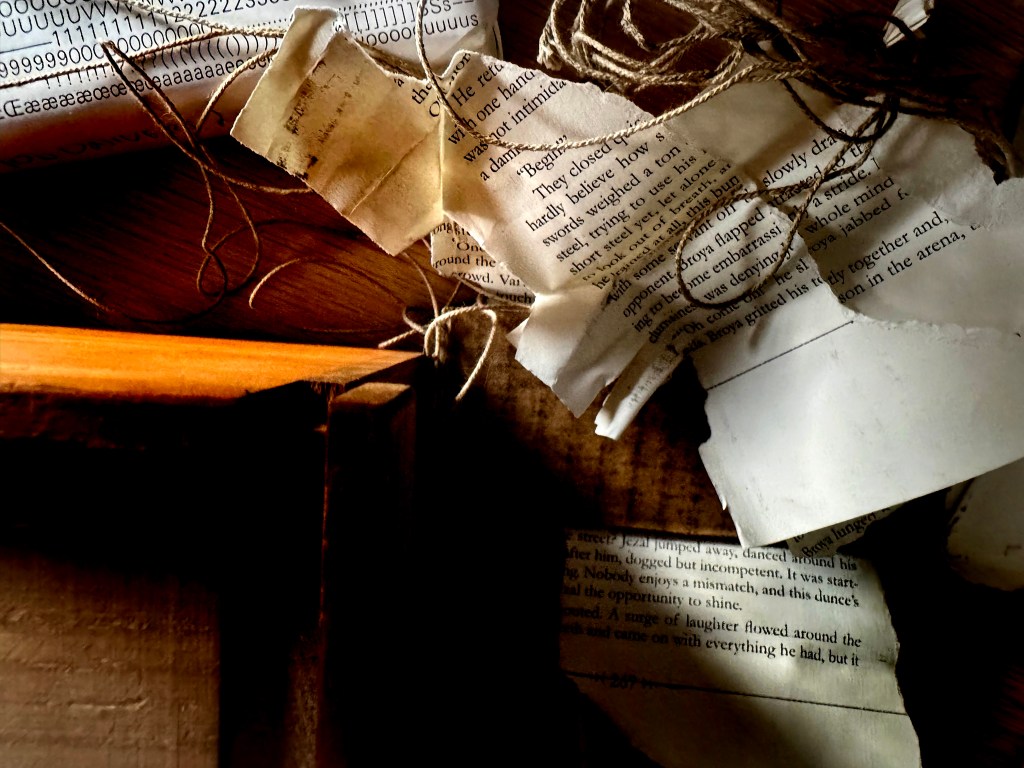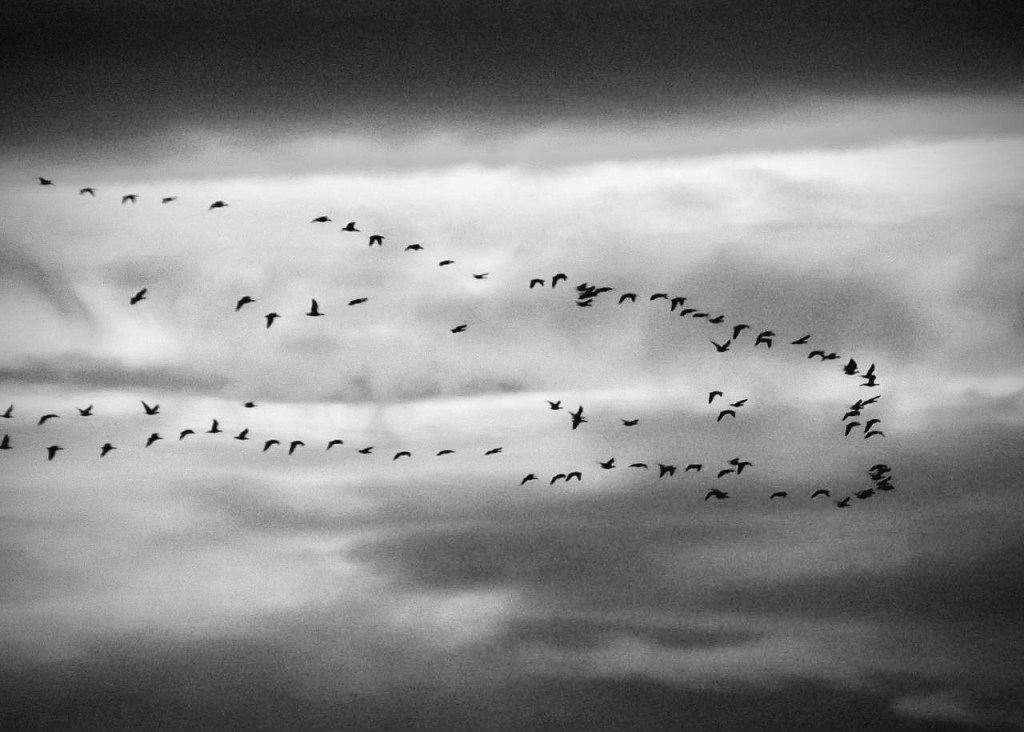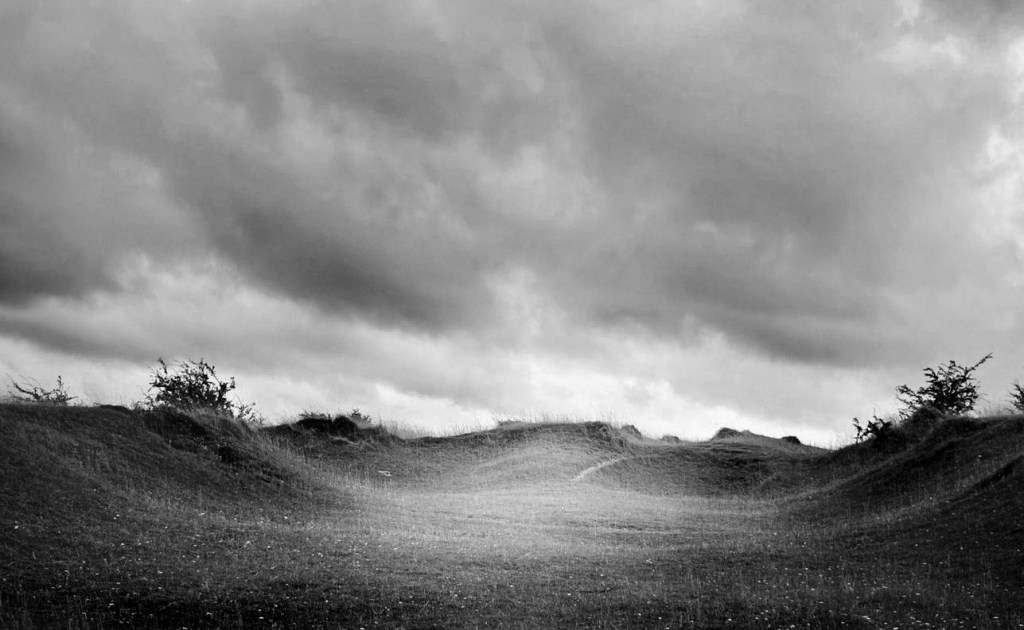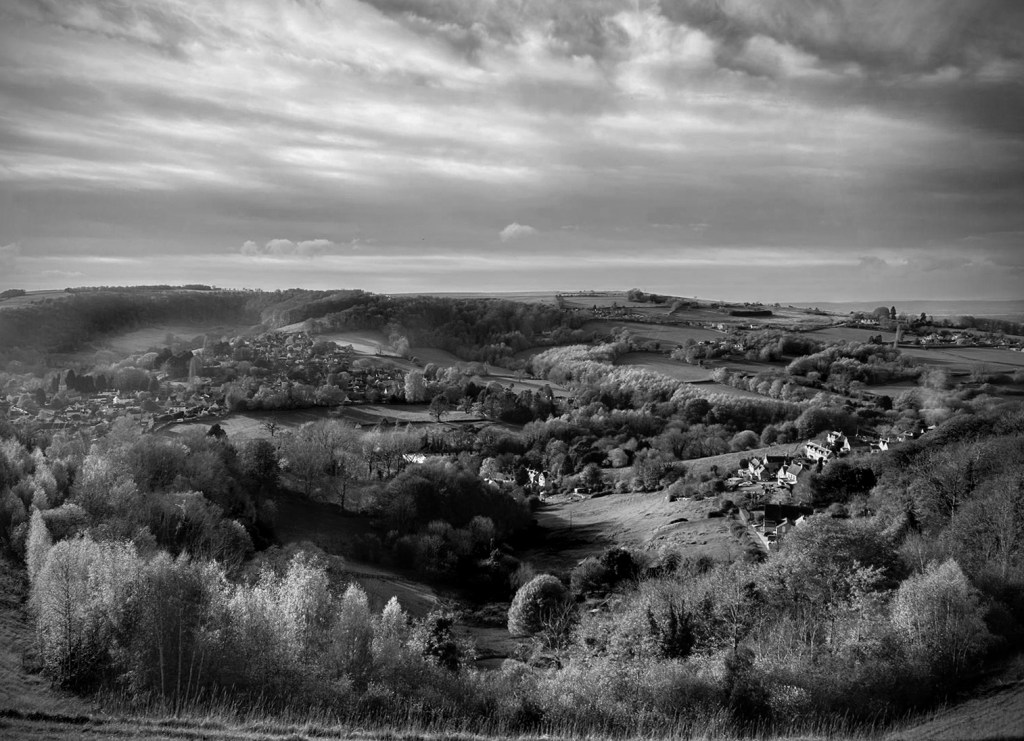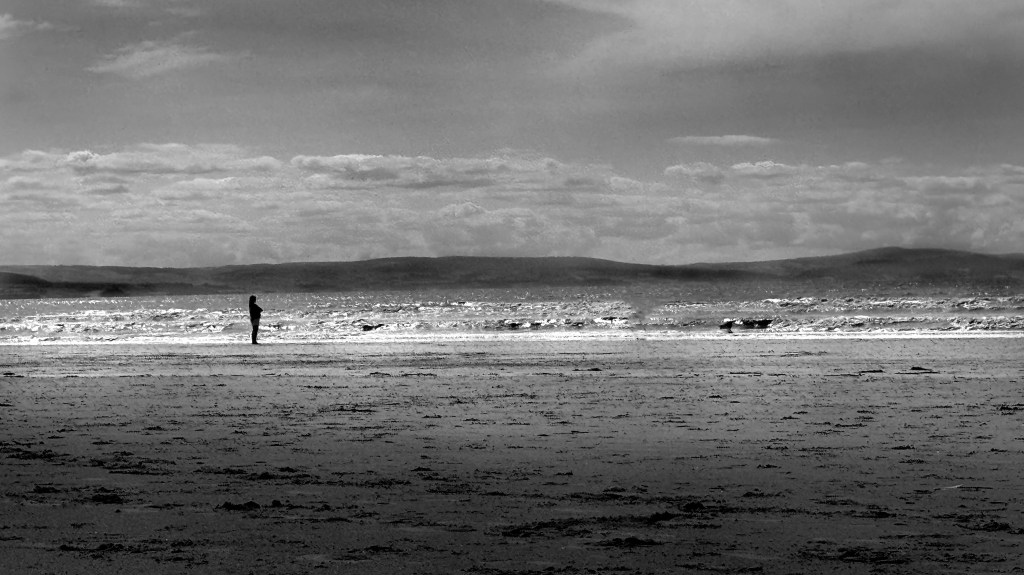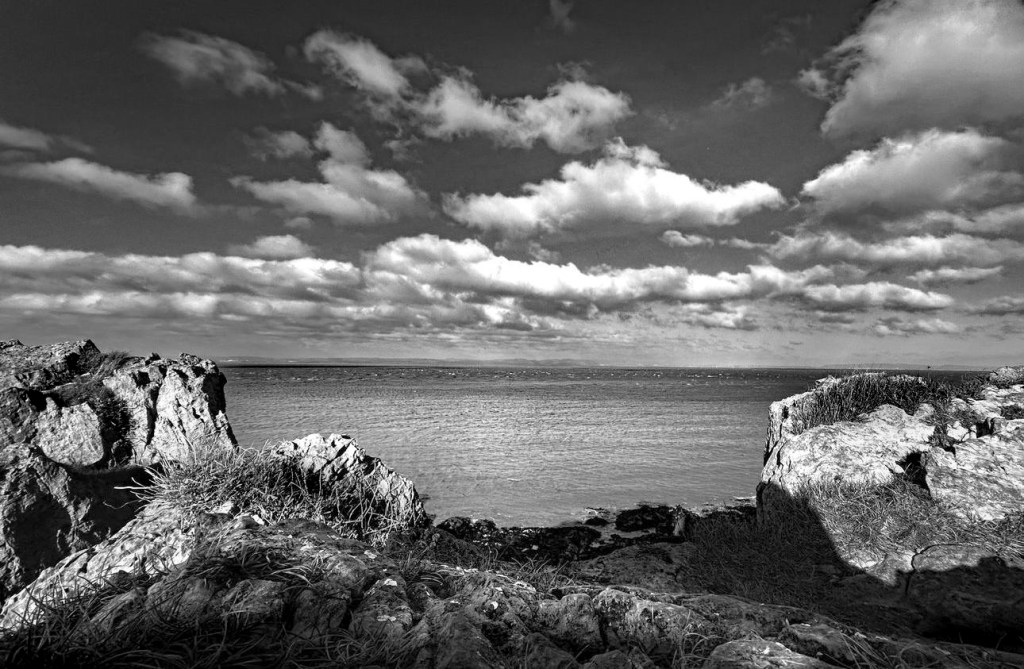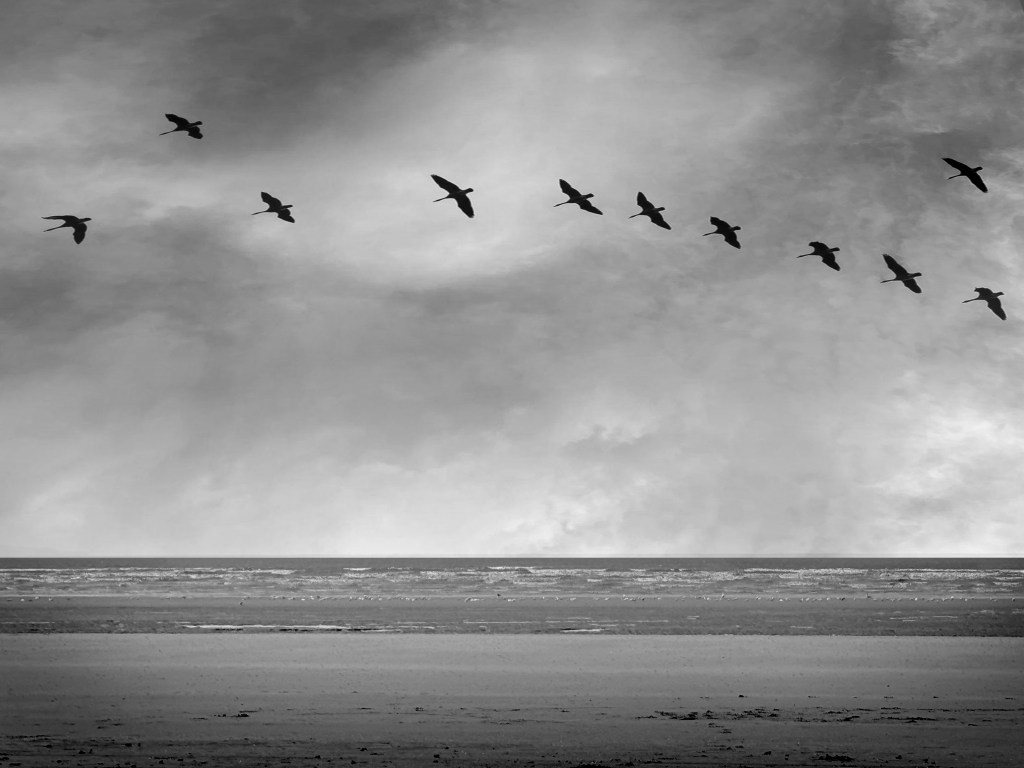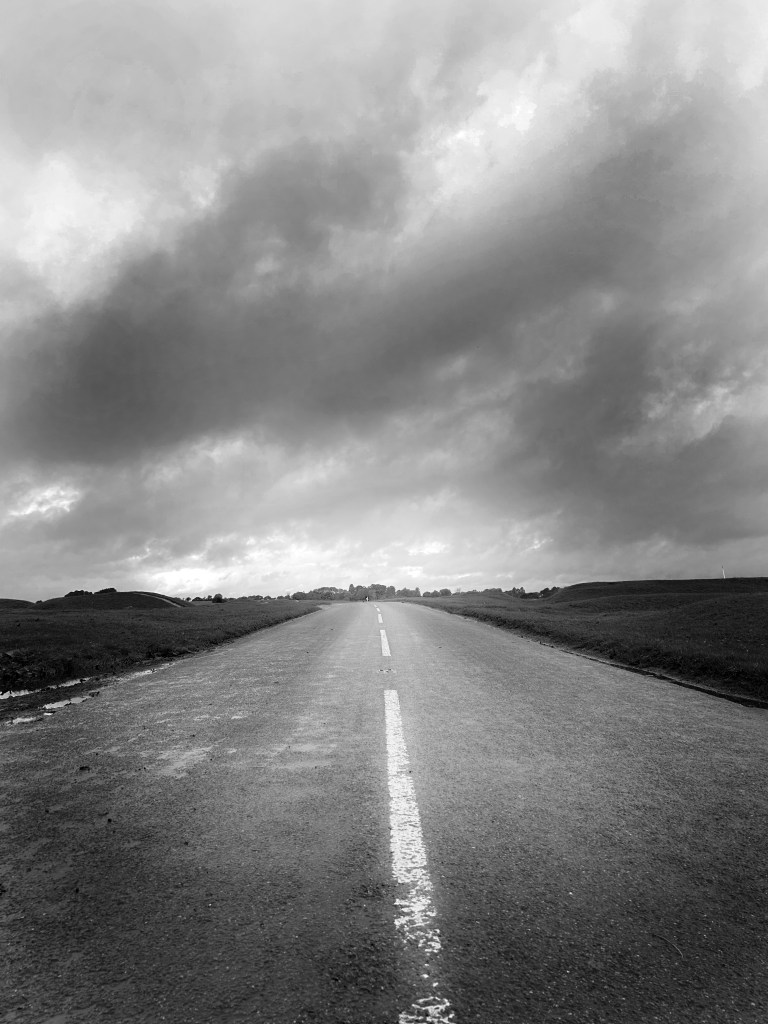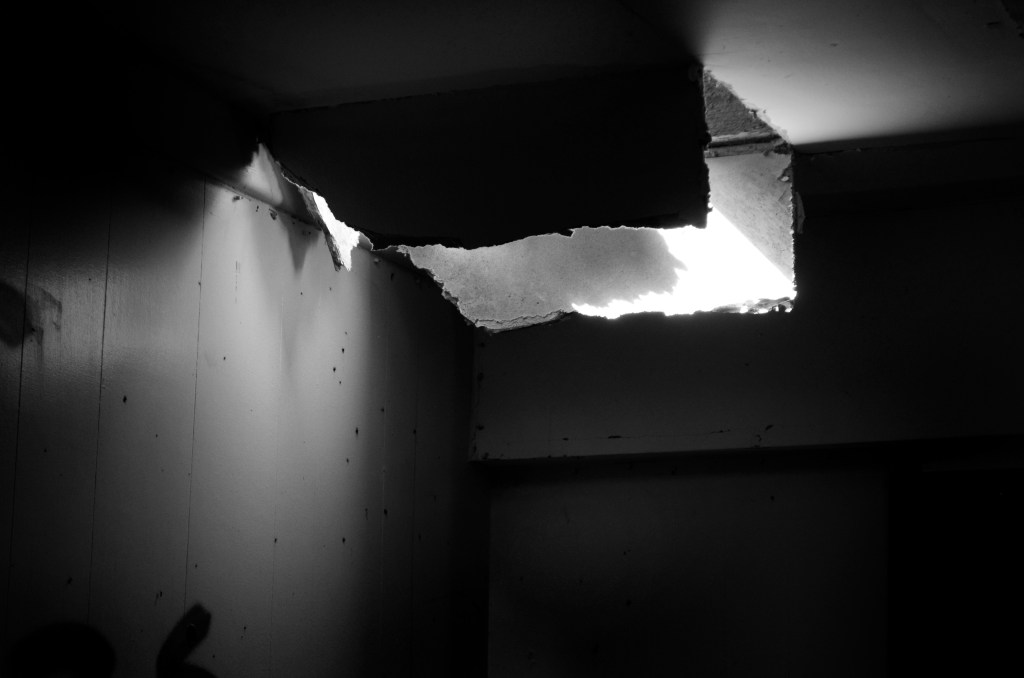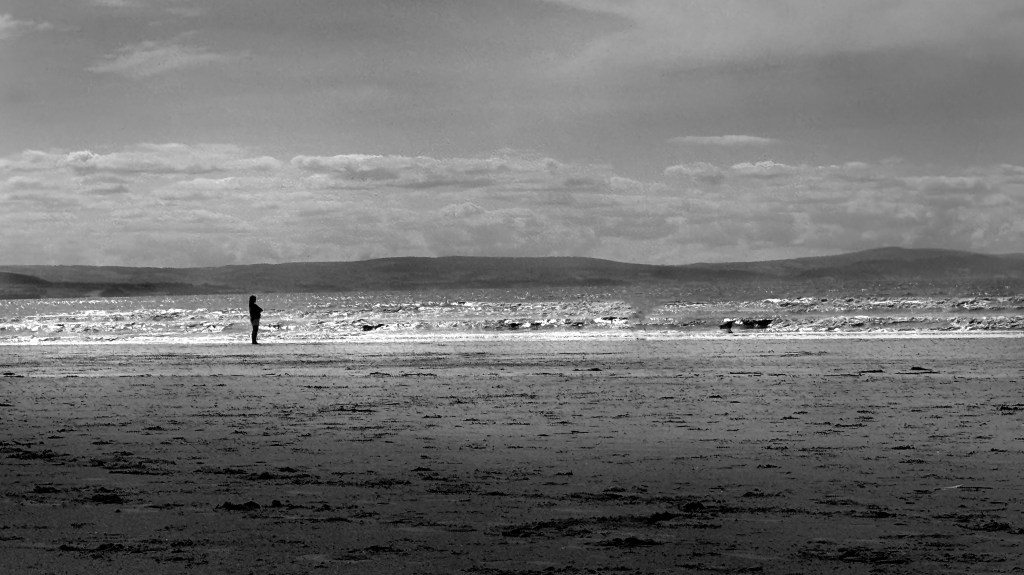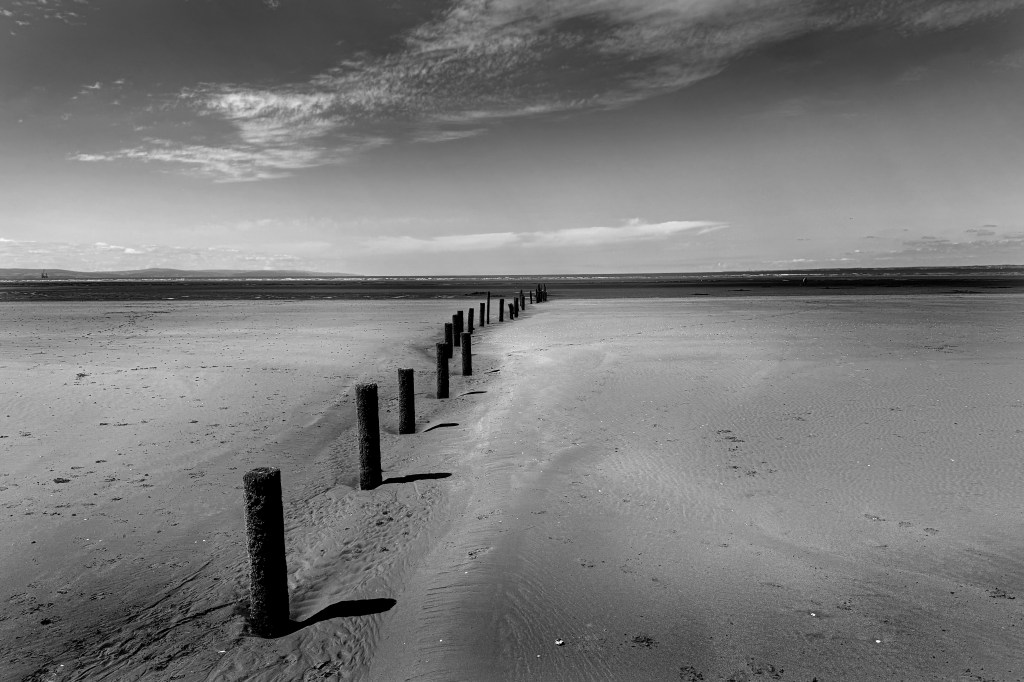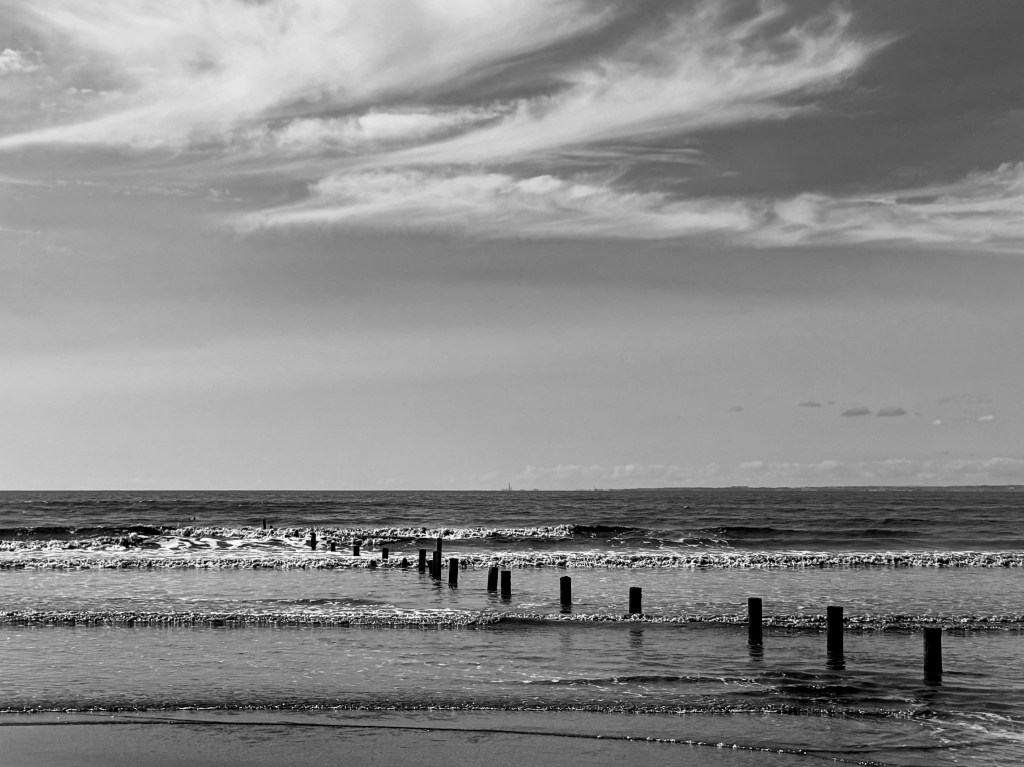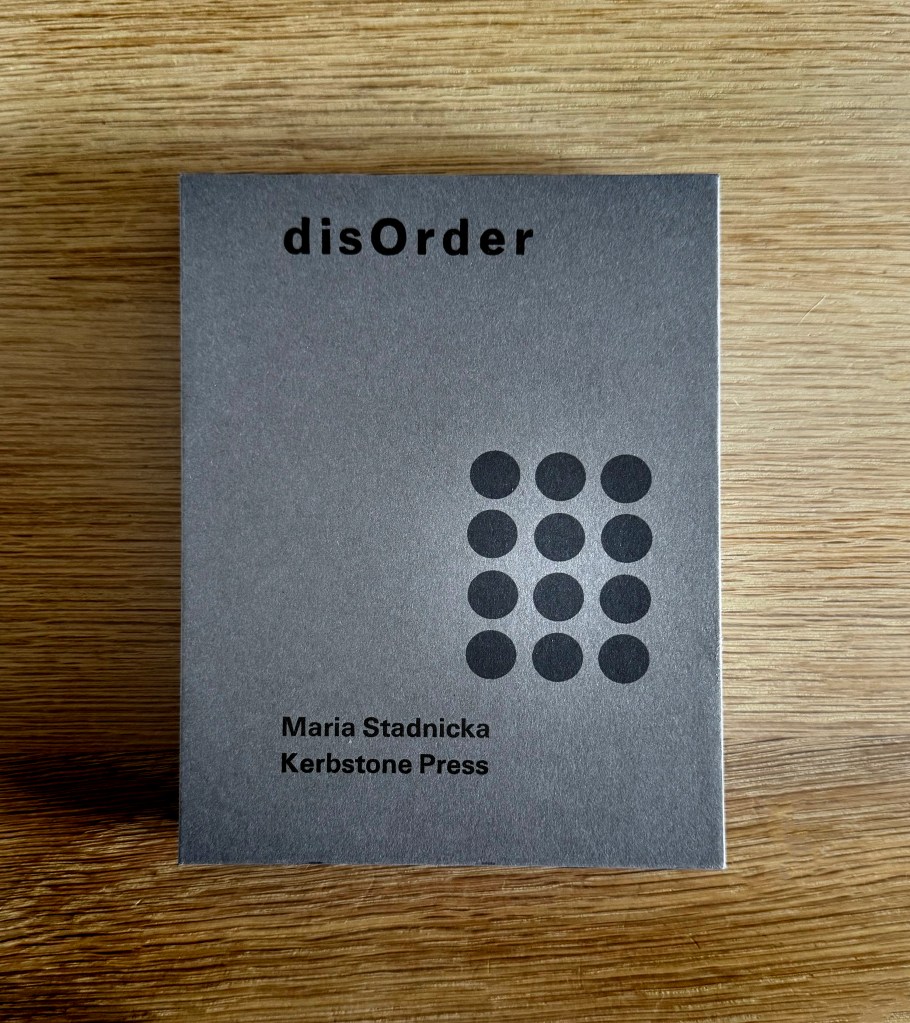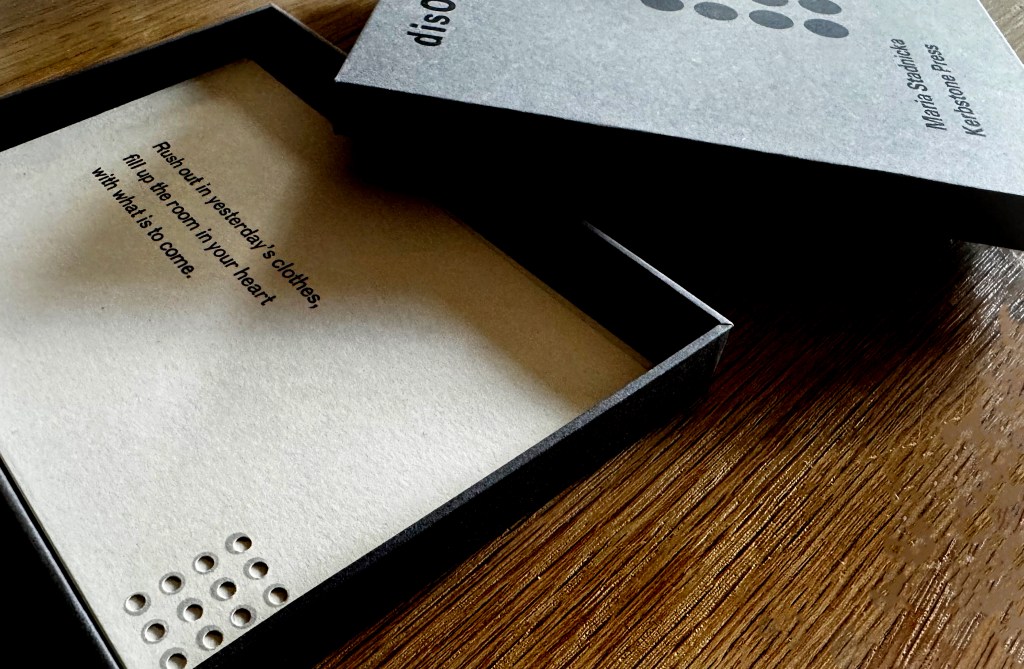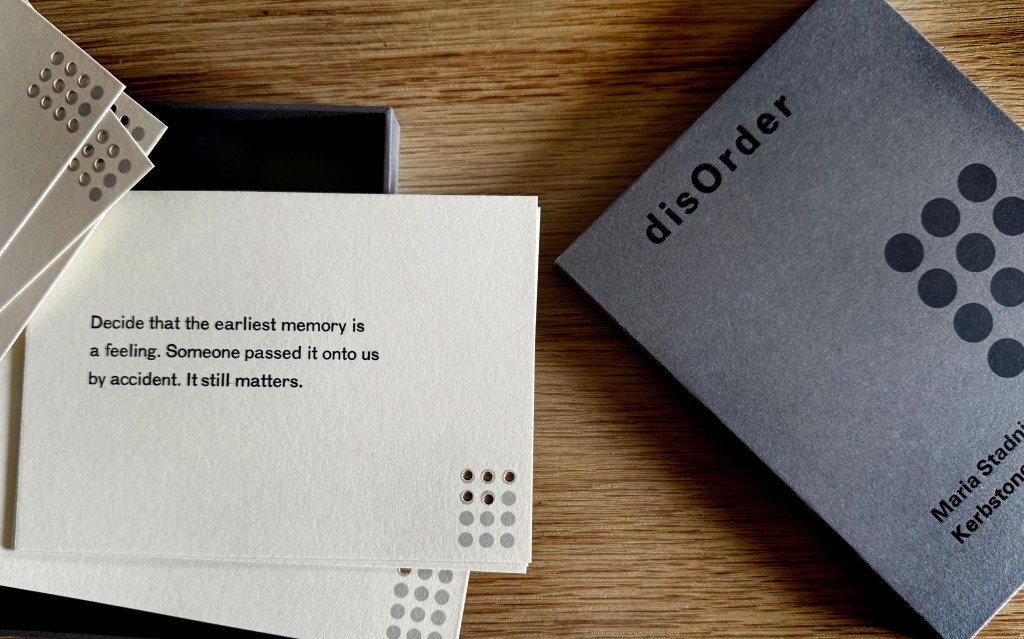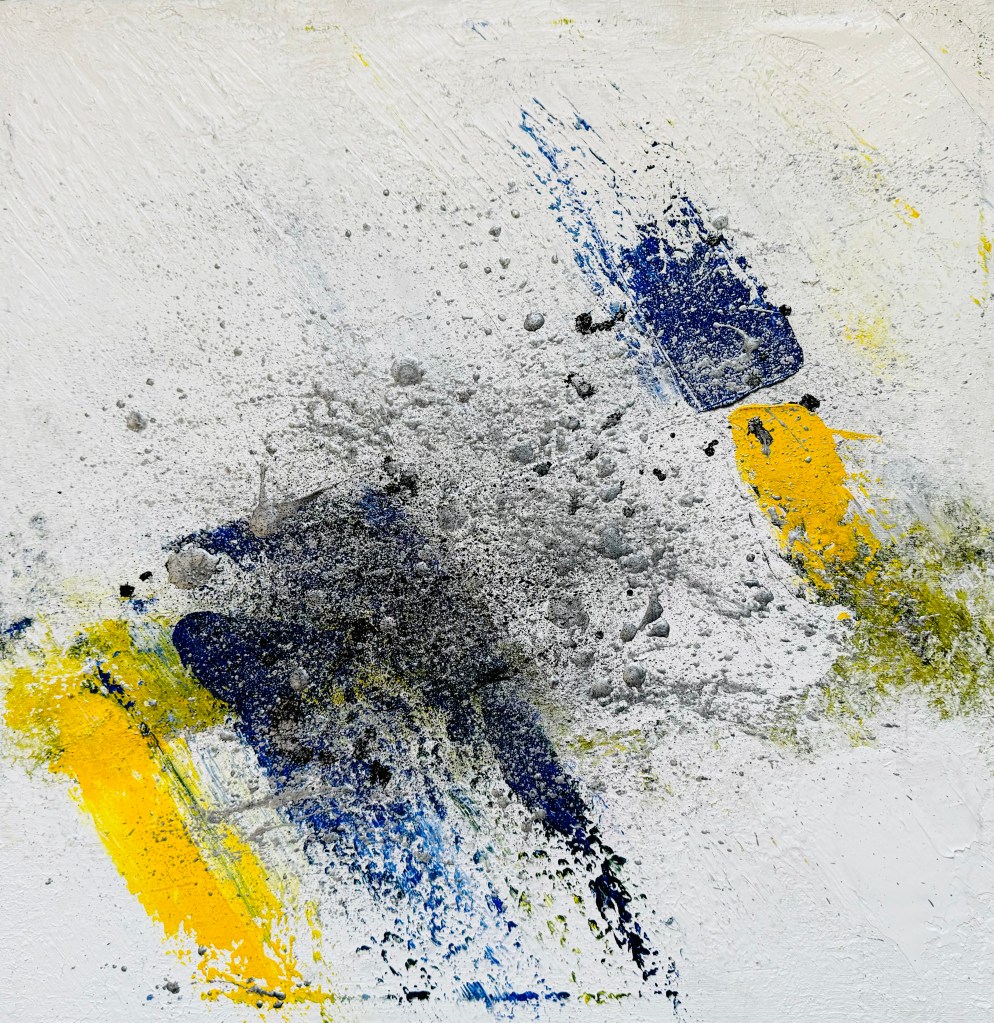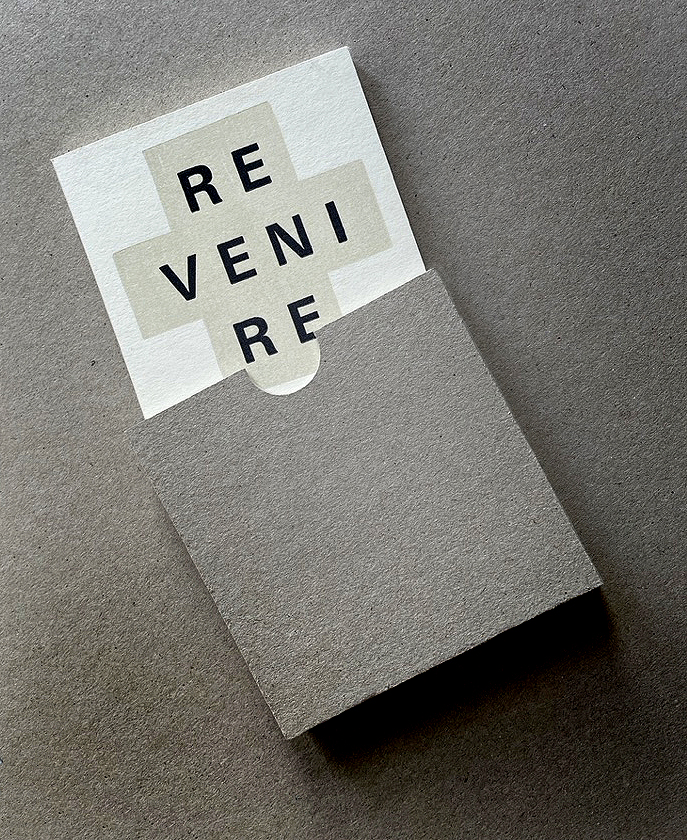
RE VENI RE is a limited edition artist book written by the poet and sociologist Maria Stadnicka and produced by the book artist Andrew Morrison, and it reflects the migration journey of Romanian diaspora settled in Britain. “Revenire” [trans. from Romanian] means “returning” and it contains texts based on interviews conducted by Maria with Romanian migrants for her PhD research into transgenerational trauma transmission. Each text has the same number of lines and they build a lyrical interpretation of stories enfolded by uprooting. Although each story is different, together they shape the commonality of a diasporic culture that is making its voice heard in the British space.



RE VENI RE is letterpress printed and published by Kerbstone Press, on the occasion of the Enfolded Journeys exhibition. The project Enfolded Journeys is a touring exhibition relating to travel, displacement, geographies and borders, and migration in recent times and in the past as the effects of such movements of peoples, whether compelled or voluntary, may resound through the generations.
RE VENI RE will be displayed in various art galleries across England, Scotland and Italy, starting with the Leeds Central Library (21 March – 5 April, 2025) and ending with Venice in 2026.
© Maria Stadnicka, February 2025


